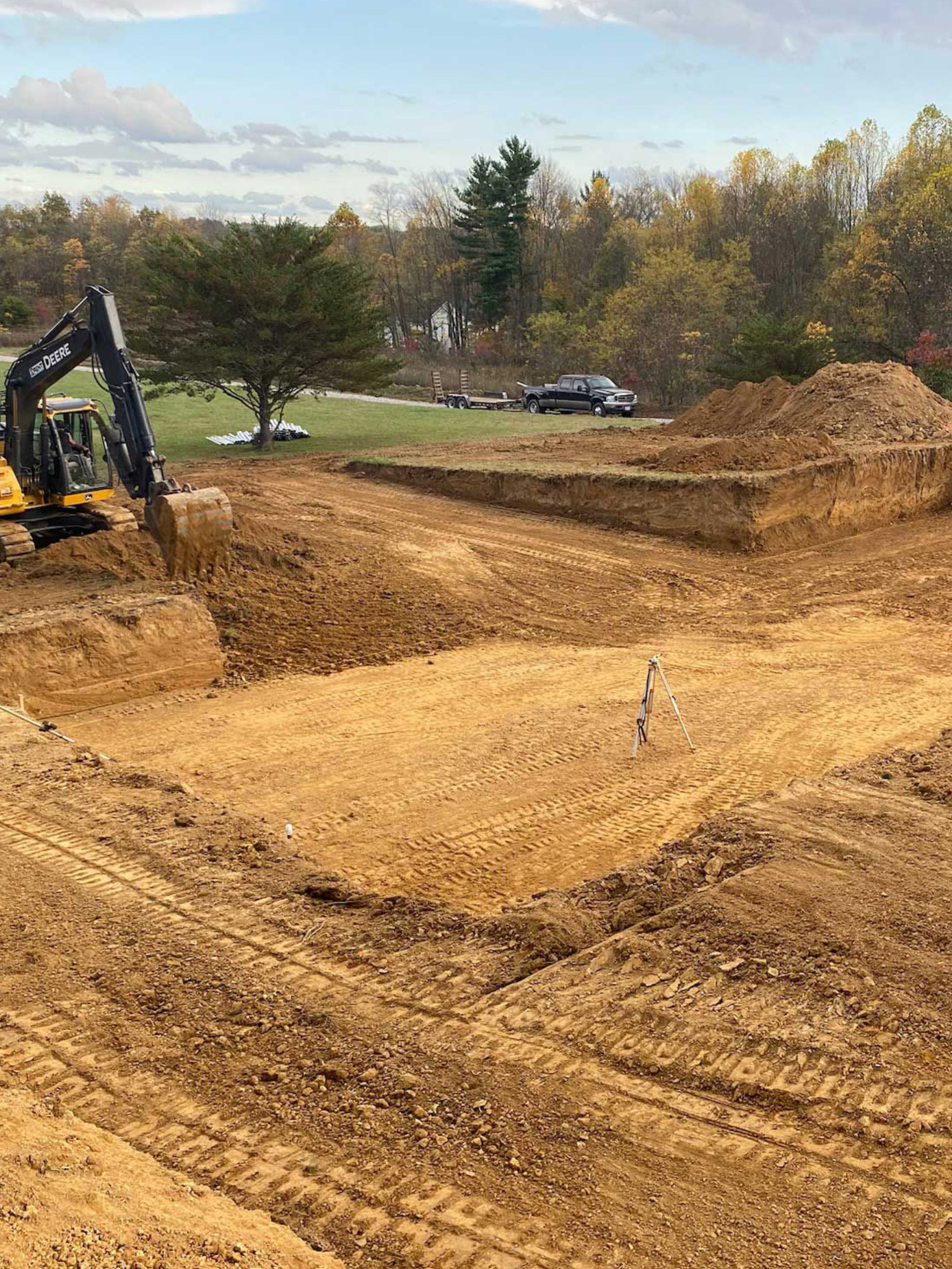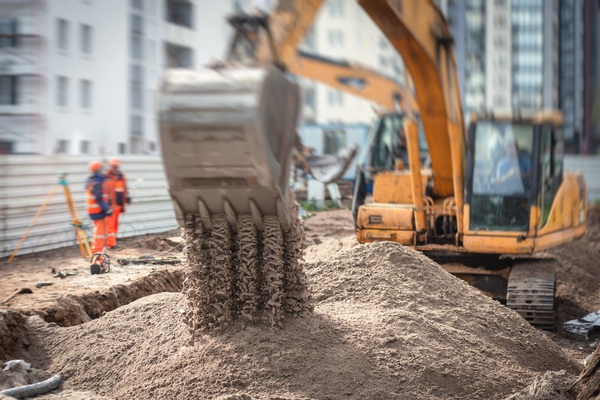Revealing the Art of Excavation: Pro Tips for Safe and Effective Digging
In the world of excavation, the proficiency of secure and productive digging is an art kind that calls for adherence, accuracy, and knowledge to established methods. As dirt is turned and earth is relocated, the details of excavation expose themselves, requiring an eager understanding of equipment, soil structure, safety and security procedures, and environmental considerations. The proficiency needed to browse these components effectively can indicate the distinction in between an effective excavation job and a potential disaster. By deciphering the layers of this elaborate procedure, a world of approaches and understandings waits for those seeking to elevate their excavation abilities to brand-new heights.
Importance of Correct Devices
To guarantee the security and efficiency of any excavation task, using the ideal equipment is critical. Excavation tasks vary in scope and complexity, ranging from little household landscape design work to massive building undertakings.
These functional equipments come in different sizes to suit different task needs. Tiny excavators are ideal for smaller jobs, while bigger excavators deal with extra extensive projects efficiently.
In addition to excavators, other essential equipment consists of dump bulldozers, plates, and vehicles. Dump vehicles are crucial for removing and transporting excavated products, while plates are made use of for excavating deep and narrow trenches. Excavators stand out in tasks that need pressing huge amounts of dirt or debris. By spending in the proper tools, excavation projects can be finished securely, promptly, and with accuracy.
Understanding Soil Structure
An extensive understanding of dirt composition is basic for carrying out excavation tasks with precision and security. Recognizing the various kinds of soil is essential as it directly impacts excavation techniques, devices selection, and general job performance. Soil make-up usually contains 4 major components: sand, silt, clay, and raw material. Each component has unique buildings that influence how dirt reacts to excavation procedures.
Sand fragments are the biggest and supply good drainage however use little communication. Silt particles are smaller sized than sand yet larger than clay, providing moderate drain and communication. Clay bits are the smallest and provide high communication yet poor drain. Raw material, such as rotting plant product, impacts dirt fertility and stability.
Before commencing excavation, conducting soil examinations to determine its make-up and features is crucial. This details aids in choosing the suitable devices, carrying out safety and security procedures, and creating excavation techniques customized to the specific dirt problems - lancaster excavation. By recognizing soil composition, excavation experts can boost project results while guaranteeing safety and adherence to best techniques
Safety And Security Measures and Protocols
Understanding dirt structure is the cornerstone whereupon precaution and protocols for excavation tasks are built, making certain the health of workers and the success of the endeavor. There are several vital procedures that must be carried out to minimize risks and protect against crashes. when it comes to safety during excavation.
Firstly, before any excavating commences, a complete evaluation of the site must be conducted to determine any type of potential threats such as below ground energies, unsteady soil conditions, or close-by structures that can present a risk. It is critical to have a qualified individual look after the excavation procedure to make sure dig this that all security methods are adhered to strictly.
Moreover, all employees entailed in the excavation has to be appropriately trained in risk-free excavating practices and the proper procedure of devices. By sticking to these safety measures and methods, excavation jobs can be completed efficiently and without event.
Reliable Excavation Planning
When beginning on an excavation task, thorough planning is essential to make sure performance, safety, and successful results. Effective excavation preparation entails numerous key actions that are critical for the smooth implementation of the project.
When the website evaluation is complete, the next action is to develop a clear timeline and schedule for the excavation tasks. This consists of determining the sequence of tasks, devices demands, and manpower allocation. Correct organizing helps prevent delays and makes certain that the project remains on track.

Additionally, communication amongst all employee is paramount throughout the preparation stage. Clear directives, routine updates, and efficient coordination are important for a successful excavation get redirected here task. By spending effort and time in careful preparation, excavation groups can significantly boost performance, reduce risks, and attain effective results.

Managing Environmental Factors To Consider
With raising focus on environmental sustainability in construction methods, handling ecological considerations has actually come to be an essential element of excavation projects. Excavation activities have the possible to impact the surrounding setting via soil disintegration, debris runoff, environment interruption, and contamination of water sources. To minimize these dangers, it is necessary to implement best practices that focus on environmental management.

Additionally, appropriate waste management is critical to avoid soil and water contamination. Implementing treatments for the disposal of unsafe products, recycling of waste products, and decreasing using hazardous chemicals can substantially minimize the environmental influence of excavation jobs. By incorporating these practices right into excavation preparation and execution, building companies can guarantee that their tasks are not only secure and effective yet likewise eco liable.
Conclusion
In conclusion, grasping the art of excavation calls for a thorough understanding of appropriate devices, soil structure, precaution, and reliable preparation. By adhering to these standards and thinking about environmental factors, excavations can be conducted securely and efficiently. It is crucial to prioritize safety and performance in every excavating job to guarantee effective end results.
As soil is turned and planet is relocated, the details of excavation disclose themselves, requiring an eager understanding of devices, soil composition, safety procedures, and environmental factors to consider.To make certain the security and performance of any kind of excavation task, making use of the suitable equipment is critical.An extensive understanding of soil composition is essential for implementing excavation jobs with precision and security. Recognizing the various kinds of soil is critical as it straight influences excavation techniques, devices choice, and total project efficiency. By comprehending dirt make-up, excavation experts can improve task results while ensuring security and adherence to my site ideal methods.